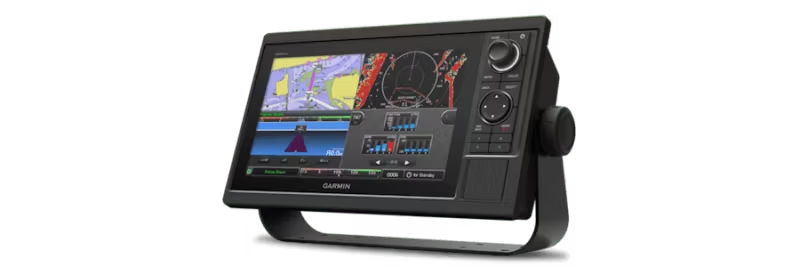Cart
Discount: 0.00 EUR
Discount: 0.00 EUR
Digital Skipper |10/08, 2021

Multi-Function Displays (MFDs) are a central part of modern NMEA 2000 networks. They serve as the hub for your boat's electronics, allowing you to monitor and control multiple functions from a single device.
MFDs come in various sizes and designs – from touchscreens to models with buttons. They are more than just screens; they can display AIS data, function as chartplotters, fishfinders, and sometimes even radar. Many modern MFDs have Wi-Fi and Bluetooth for connecting to mobile apps.
NMEA 2000 data is binary and not human-readable. MFDs make this data understandable by displaying it in graphical and numerical formats. Without an MFD, it is difficult to understand the network's status and functions.
The Actisense EMU-1 converts analog engine data to NMEA 2000 PGNs, allowing the MFD to display engine data such as oil pressure, temperature, and RPM. Combine the EMU-1 with an MFD for alarm functions like Engine Over Temperature.
The Actisense NGW-1 converts NMEA 0183 data to NMEA 2000, allowing older instruments to integrate with the MFD. This is a cost-effective way to upgrade your network.
Yes. Wireless connectivity is convenient but should not be used as the primary method for safety-critical data. Wi-Fi can suffer from interference and outages, making MFD and NMEA 2000 the safest option for navigation and engine data.
Most apps use NMEA 0183, which has limited functionality compared to NMEA 2000. To monitor engine data and critical parameters, NMEA 2000 and an MFD are required.
MFDs are the heart of your NMEA 2000 network. They provide access to important data, increase safety, and enable integration with advanced features such as radar, AIS, and engine data.